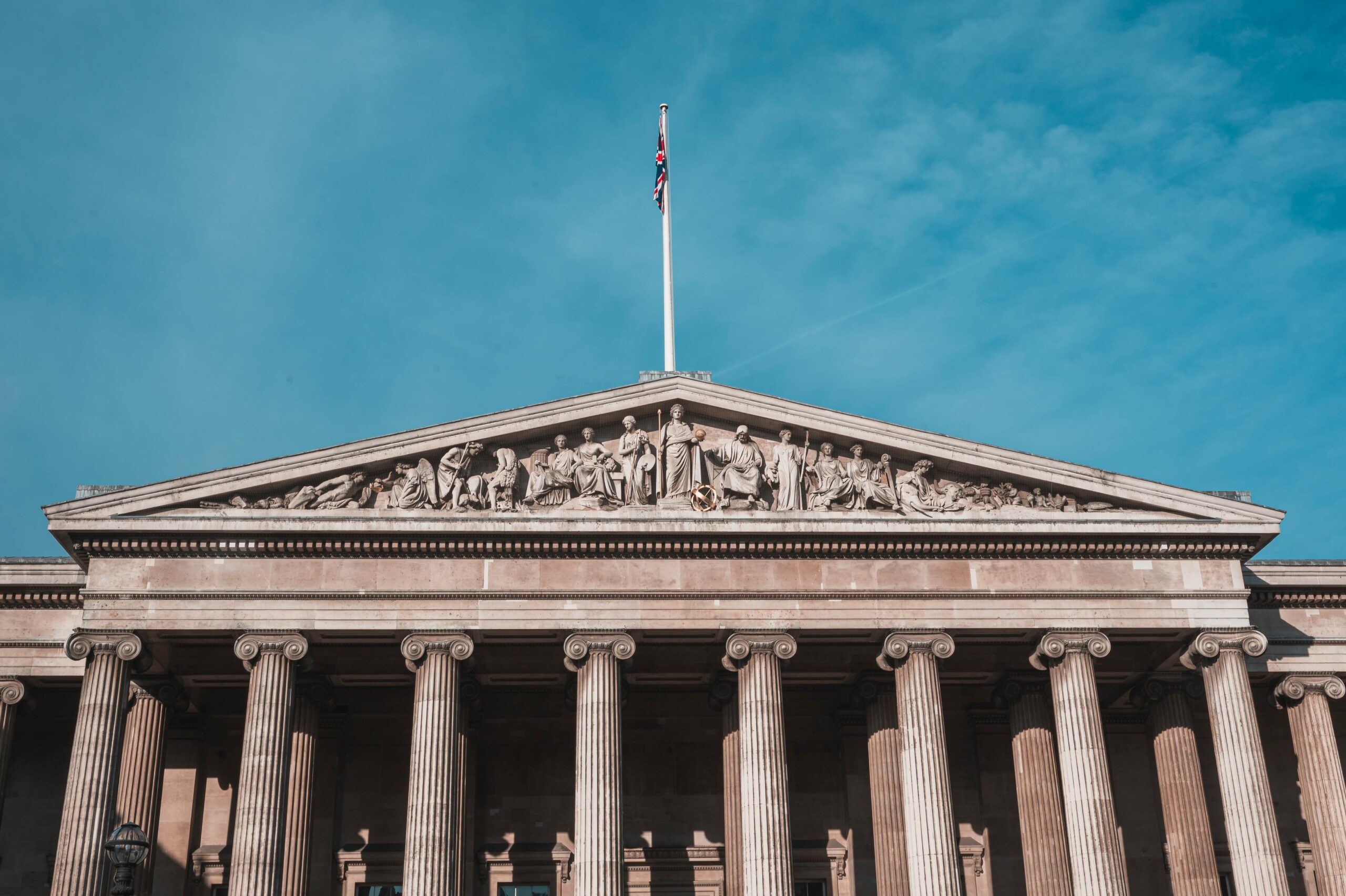By: Matthew Wang
On June 18, 2024, art student Ilê Sartuzi walked into the British Museum, making his way to a coin exhibit. Using a sleight of hand, a trick most commonly used by magicians, Sartuzi pockets the coin before placing a copy made by his peers, depositing the original coin in the donations box before leaving, with the museum clueless until coming upon his Instagram post a week later.
Through this brief heist, Sartuzi draws similarities between the method of his heist to how the British Museum managed to obtain its large collection of items. The method of the heist was intentionally decided with the intention to draw parallels between how many museums had obtained their collections.
In an interview with The New York Times, Sartuzi states that “The gesture of stealing as a central part of the project brings back the heated discussion about the role of looting in the museum’s foundation.
This heist was the culmination of more than a year of planning by Sartuzi for a project, with Sartuzi going as far as to consult several lawyers to confirm the legality of his actions. After the stunt had taken place and despite the museum’s objections to the project, the artist had made his stand without violating the museum’s policies nor violating the Theft Act of 1968.
Sartuzi’s project rekindled discussions regarding the British Museum’s wide collection of items that were looted or stolen from their countries during the colonial eras. However, the stunt was not well received by the British Museum, claiming that their items were legally obtained during the time they were acquired.
According to The New York Times, Connor Watson, the museum’s spokesman, dismissed the parallel from the stunt, stating that “It’s a tired argument. We’re quite open about what is looted and what is a contested object.”
However, other museums have begun their own repatriation efforts. The Netherlands National Museum of World Cultures stating on their website that they would attempt to return items in their collection that were looted or stolen during colonial times. Amongst their efforts include releasing a catalog of their holdings, an important step in transparency. Their hope is that through gaining “practical experience” they can better develop national policies to ensure the return of all artifacts that were legitimately obtained.
Image Credit by Paolo Sbalzer











